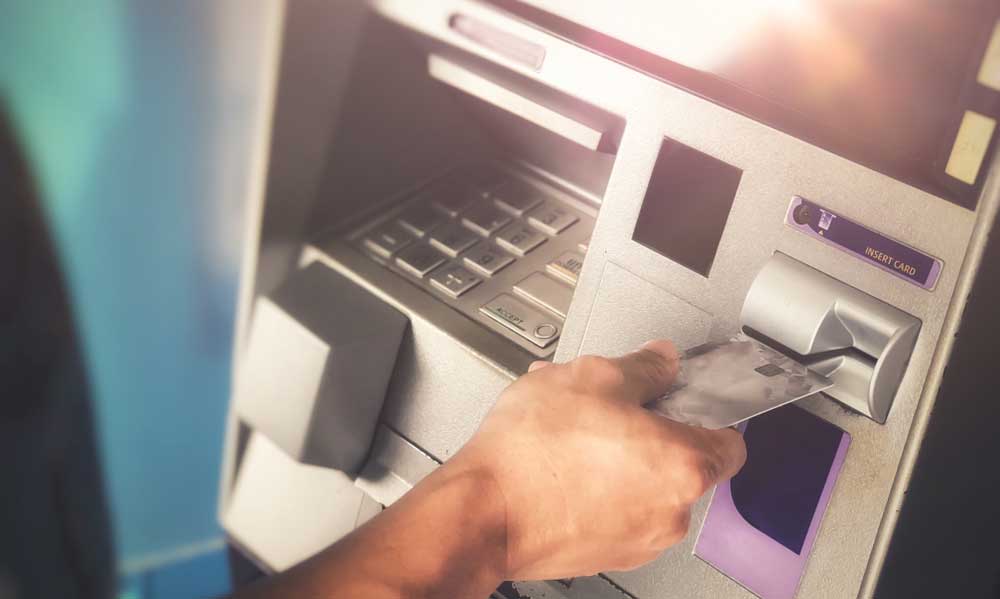ATM operators have expressed concern over the fall in the number of ATM machines over the last one year even as debit card use is on the rise.
RBI data show the number of ATMs deployed has come down to 2,03,458 as of January 2019 from 2,06,739 in January 2018. In contrast, the number of outstanding debit cards have gone up to 93.13 crore as of January 2019 from 84.67 crore in January 2018.
The decline in ATMs would also negate the benefits of direct benefit transfers. Government data on direct benefit transfer show the amount of cash transfer has gone up to Rs 1,87,652.8 crore in 2018-19 from Rs 1,70,292.2 crore in 2017-18.
ATM operators feel the lack of interest among banks, particularly public sector banks, to deploy more machines could potentially harm direct benefit transfers as beneficiaries won’t have ATMs located at convenient locations.
The situation is aggravated by the skewed deployment of ATMs. According to data from the Confederation of ATM industry (CATMi). Semi-urban and rural areas constitute 81.2 per cent of the population, but they account for only 46.4 per cent of the ATMs.
“ATM numbers have not been growing over the past one year. This is not a good situation, especially when the debit card issuance numbers are going up month-on-month and DBT dispensations are growing. The DBT beneficiaries need ATMs to withdraw the amounts given by the government,” said Radha Rama Dorai, managing director – ATM and allied services, FIS.
The reason for the lack of interest among banks is the static inter-charge fee – which is the amount paid for an ATM transaction by a card issuing bank to the bank owning the ATM (acquiring bank).
The current intercharge fee of Rs 15 per cash transaction and Rs 5 per non-cash transaction, fixed in 2012, is not viable, according to the ATM operators.
The current cost of deploying an ATM is estimated at around Rs 5 lakh, while the cost of operating it varies between Rs 30,000 and Rs 50,000 per month depending on the location of the kiosk.
According to CATMi, it makes very little commercial sense for any bank or a white-label operator to roll out ATMs as one makes losses on every transaction. With the current intercharge, banks are better off letting their customers go to other banks’ ATMs than build their own set of ATMs.
“Neither are the fees raised nor are more ATMs deployed. This is affecting financial inclusion,” said Sanjeev Patel, CEO of Tata Communications Payment Solutions Limited.










